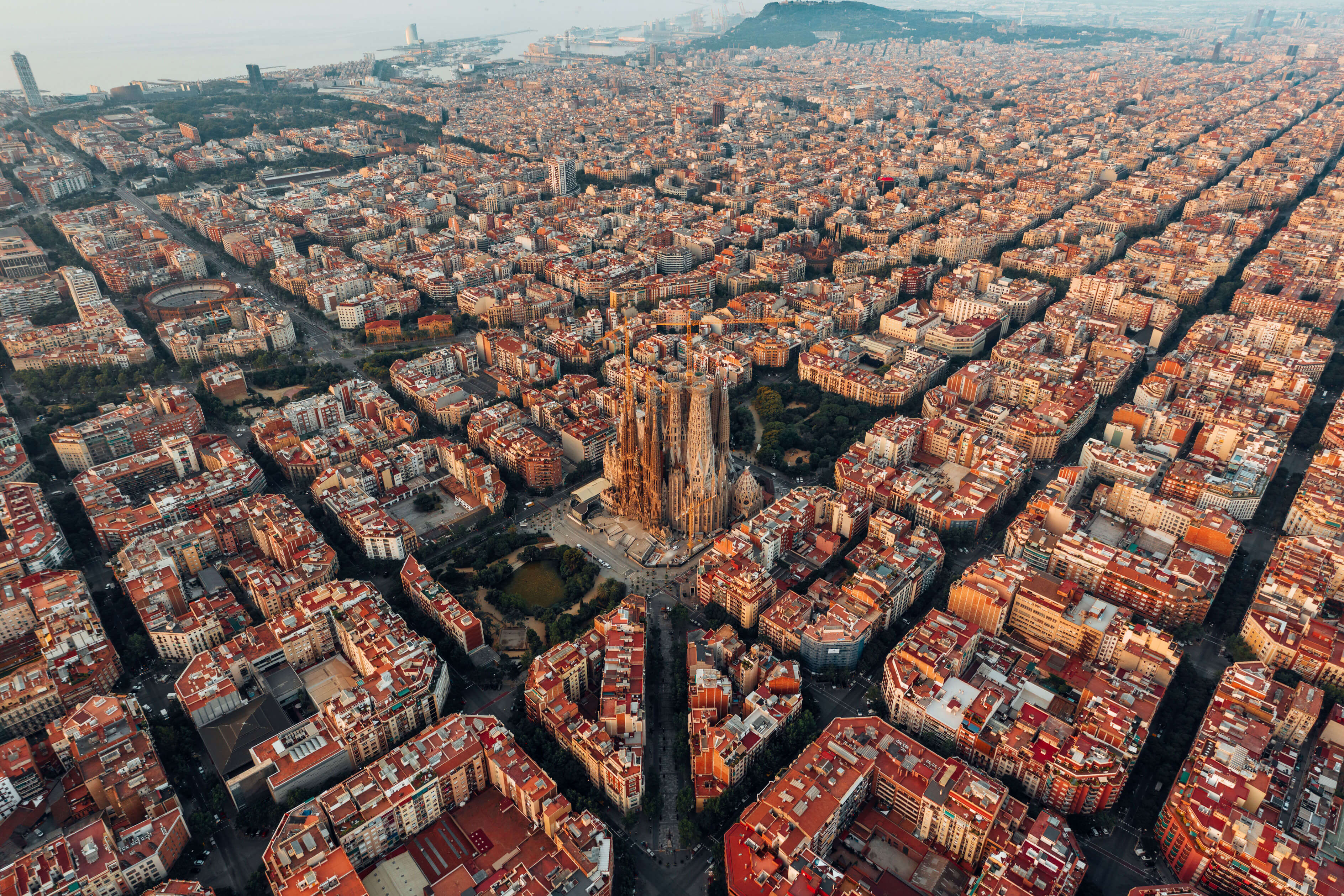1/1 Oops. Incorrect.
0%
0pts Earned
0/1correct
10/10
What Italian dessert's name means "pick me up"?
It's the combination of coffee and sugar that makes this Italian dessert the perfect "pick-me-up" after a meal. The name comes from the Treviso dialect, where tiramisu originated in the early 19th century. Now an Italian staple, it consists of layers of sponge cake soaked in coffee and brandy or liqueur with powdered cocoa and mascarpone cheese.
Source: Accademia del TiramisuAffogato
14%
Panna cotta
14%
Cannoli
8%
Tiramisu
64%
9/10
Which country is second only to Italy in wine production?
Thanks to its Mediterranean climate, soil quality, and centuries-old winemaking traditions, Italy is the world’s leading producer (and exporter) of wine, responsible for nearly 1.3 billion gallons in 2020 alone. France and Spain, which have similar winemaking conditions, are next on the list, with approximately 1.2 billion gallons and 1.1 billion gallons, respectively.
Source: StatistaFrance
61%
Spain
18%
United States
19%
South Africa
2%
8/10
What Italian town is known for producing balsamic vinegar?
Traditional balsamic vinegar must be produced in or around Modena, a city in northern Italy’s Emilia-Romagna region. The vinegar is made by boiling the juice of white Trebbiano grapes and aging it in wood casks, moving to a smaller cask each year. Each producer has its own secret combination of aging techniques to achieve a particular texture, flavor, and aroma.
Source: Italy MagazinePortofino
18%
Verona
14%
Modena
53%
Sorrento
15%
7/10
What key ingredient in ice cream is missing from most Italian gelatos?
The name “gelato” literally means “frozen,” and Florence’s famed Medici family were the first to enjoy the treat during the Renaissance. But what’s the difference between Italian gelato and traditional ice cream? Gelato most often lacks egg yolks and has more milk than cream. It is also churned more slowly, making it more dense and rich than ice cream.
Source: The KitchnEggs
48%
Cream
23%
Milk
18%
Air
10%
6/10
What type of pasta has a name that means "little ears"?
The name orecchiette comes from the Italian words for “little” and “ear.” With one look at this pasta that is traditional to the Puglia region, you'll understand why. The flat, slightly concave discs do indeed resemble tiny ears, and they are a favorite of chefs for their ability to hold a lot of sauce in a little space.
Source: La Cucina ItalianaRavioli
6%
Penne
12%
Orecchiette
69%
Tagliatelle
13%
5/10
Which staple of Italian cooking wasn’t introduced until the 1500s?
While it’s hard to imagine Italian cuisine without tomatoes, they are not native to Italy. Before the 16th century, pasta was primarily eaten plain and with diners’ hands, not utensils. It was the Spanish conquistadors who brought tomatoes to Europe from the Americas in the mid-1500s, and the earliest recipe for tomato sauce was published in 1694.
Source: CNNGarlic
12%
Prosciutto
12%
Pasta
36%
Tomatoes
40%
4/10
Where was the cannoli invented?
We have Sicily to thank for this classic Italian dessert, a deep-fried, tube-shaped shell stuffed with sweet ricotta cream cheese filling. The size and fillings of cannoli (singular version: cannolo, which means “little tube”) vary widely across Sicily, and so do the purported origin stories. But they all trace back to this Mediterranean island, located just off the “toe” of Italy's “boot.”
Source: La Cucina ItalianaSicily
55%
Florence
24%
Venice
10%
Rome
11%
3/10
When do you eat antipasti during a traditional Italian meal?
Antipasti is the traditional appetizer course in a formal Italian dinner. The singular form of the word is “antipasto,” derived from two Latin words that together mean “before the meal.” The course is typically a small portion that whets the appetite for the larger meal to come. Traditional antipasti dishes include a selection of meats, cheeses, bread, and olives.
Source: The Spruce EatsBefore the meal
85%
After the pasta
7%
After the main course
5%
At the end of the meal
4%
2/10
What food is official only if it’s from the Parma region of Italy?
In 2008, a European court declared that Parmesan cheese is only Parmesan cheese if it comes from the Parma region of Italy, where it was invented in the 13th century. The laws aren't enforced outside of Europe, though, so you'll find plenty of imitators. If you want the real stuff, look for the official name “Parmigiano Reggiano” on the packaging.
Source: Parmesan.comProsciutto
14%
Pesto sauce
2%
Parmesan cheese
82%
Balsamic vinegar
2%
1/10
Which pizza was created to represent the Italian flag?
Aside from being delicious, Italy's pizza Margherita has patriotic roots. On a visit to Naples in 1889, Queen Margherita di Savoia was presented with a pizza that aimed to celebrate the recent unification of Italy and its flag. Napoli pizza chef Raffaele Esposito used white mozzarella, red tomato sauce, and bright green basil — and named it after the queen.
Source: NPRNeapolitan pizza
40%
Margherita pizza
47%
White pizza
1%
Arugula and prosciutto pizza
12%
Play Quizzes By Category
Play A Trending Quiz
Trending, related and recent quizzes you may be interested in







